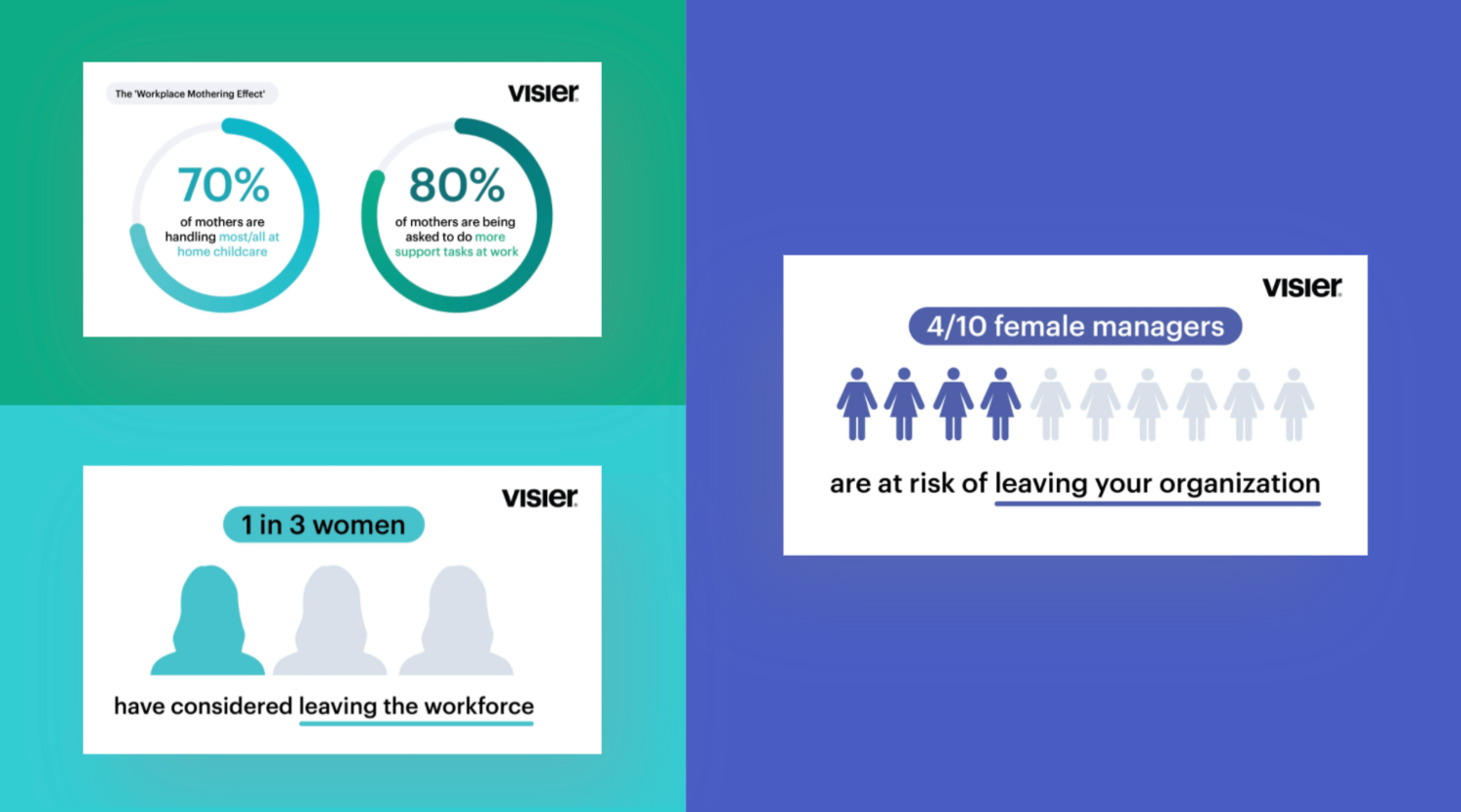WGU Labs
The non-profit EdTech consulting, incubation, research and design arm of Western Governors University
The Broken Pathway
What we’re getting wrong about higher education and workforce partnerships — and how to fix them
Given today's shifting social, financial and political landscape, there is a growing appetite to develop stronger partnerships between institutions of higher education and the workforce. Yet we still don’t have a scalable model of how such partnerships could offer better pathways from learning to earning.
So, what are we getting wrong about higher education and workforce partnerships?
To find out, we convened a group of stakeholders, including experts from higher education, workforce, philanthropy and policy, in New Orleans in June 2023. Together, we explored the barriers impeding the development of effective pathway partnerships from education to careers — and ideated solutions to bridge the gap.
I helped plan the convening, participated in the convening sessions, documented the conversations and solutions ideated, and turned those insights into a white paper.
Key Results
927 downloads
Feature coverage in Working Nation, Inside Higher Education, University Business, Public News Service, ABC57 and the Lumina Foundation
93.65% conversion rate from LinkedIn ads
Helping Talent Rise
Rethinking postsecondary education access for under-resourced populations
Millions of low-wage workers in the U.S. are stuck in jobs that offer little stability or opportunity for advancement. These positions often lack critical benefits like health care, paid leave and the flexibility needed to manage life’s challenges, leaving workers and their families trapped in a cycle of poverty. For many, this is not a temporary situation — these workers came from low-income households and are now supporting their own dependents on the same low wages, repeating the pattern across generations.
Education could be the key to breaking this cycle. A college degree remains one of the most reliable pathways to upward mobility, offering better job prospects and financial stability. Yet millions of workers remain cut off from postsecondary opportunities due to inherited poverty, underfunded education and limited digital access. Without intervention, future generations will face the same barriers, trapped in low-resilience jobs with growing financial and family responsibilities, but unable to pursue the education needed to escape.
To better understand this overlooked population, WGU Labs analyzed over 20 years of National Longitudinal Survey of Youth data from the Bureau of Labor Statistics and published our findings in a research report.
I drafted an accompanying brief that highlights our unique perspective on the data — and outlines the economic imperative of helping these individuals advance into better-paying, more fulfilling careers.
Additionally, we facilitated a brainstorming session with a diverse group of employers at the inaugural Human Potential Summit to generate practical solutions to fixing the Rising Talent development pipeline. I helped plan and facilitate the session, documented the conversations and solutions ideated, and turned those insights into a white paper, which was featured in a publication from the U.S. Chamber of Commerce.
Visier
A people analytics and workforce planning platform
Women on the Move?
After generating momentum from a $125M Series E funding round led by Goldman Sachs Asset Management, Visier needed to accelerate and mature its PR program to match the momentum of its growth trajectory. The goal was to enhance the quality of media coverage with a specific emphasis on securing more media coverage in top-tier trade and mainstream publications. To tell stories capable of attracting the attention of trade and mainstream media, it would be critical to showcase Visier through a data-driven approach
Our team proposed a quick poll on the topic of gender equity in the workplace to bolster Visier’s proprietary findings around the Manager Divide between male and female leaders, generate top-tier media placements and position Visier as a thought leader on key HR trends that engage C-suite, HR and employee audiences.
I served as the lead writer of the project, which involved researching industry trends, drafting the survey, analyzing raw data and writing a 1,600 word article featured on Visier’s website. From start to finish, the report was completed in less than two months.
By integrating data, historical context and cultural theories, we posited an entirely new theory in the HR space: the Workplace Mothering Effect. We found that ingrained cultural assumptions and gender biases result in expectations for women to take on more “maternal”-like support roles in the workplace.
As a result, we were able to position Visier as an industry leader with a pulse on the big picture — an organization that understands both the driving forces behind how the workplace got to this point, and what it takes to empower a more inclusive future for women.
When Vacations Aren’t Enough
For Visier’s next quick poll, our team proposed the topic of employee burnout. By establishing an authoritative point of view on this timely issue just as the Great Resignation was taking off, we were able to position Visier as an industry thought leader on employee happiness and retention.
I served as the lead writer of the project, which involved researching industry trends, drafting the survey, analyzing raw data and writing the article featured on Visier’s website.
The report was featured in Inc., among other publications.
Key Results
225 total media placements
126 data-driven pieces of coverage
83 top-tier placements, including The Wall Street Journal, Forbes and Business Insider
Contributed article in Fast Company
PRSA Skyline Awards, Skyline Winner
PRSA Summit Awards, Summit Winner






